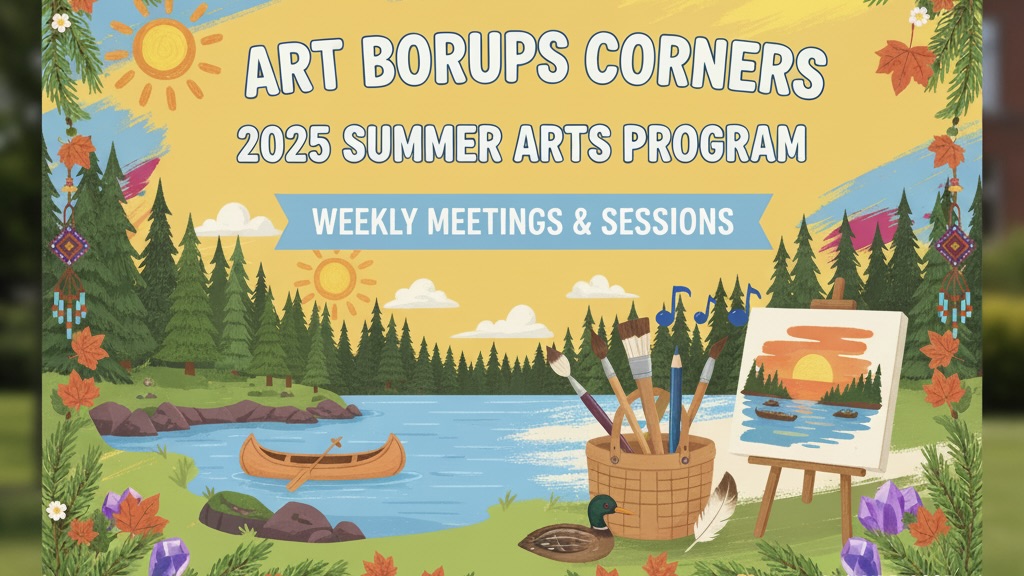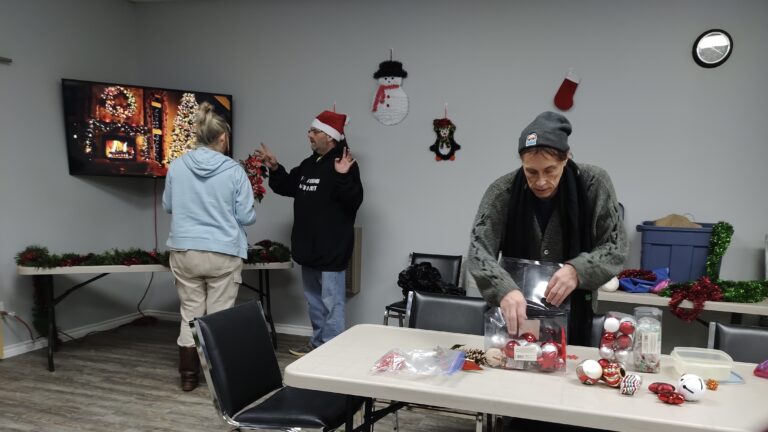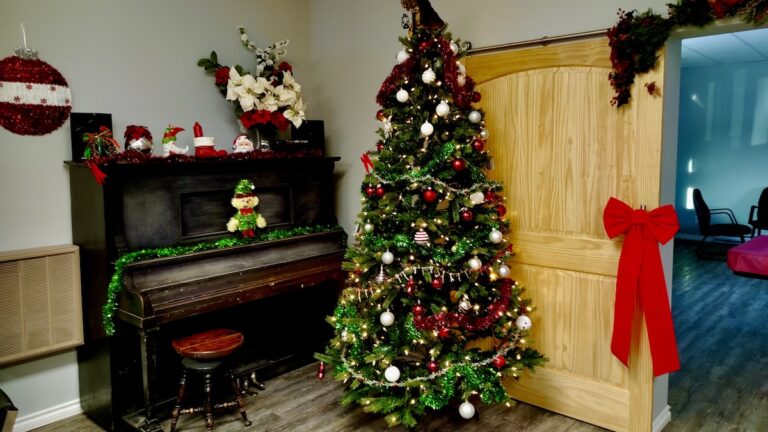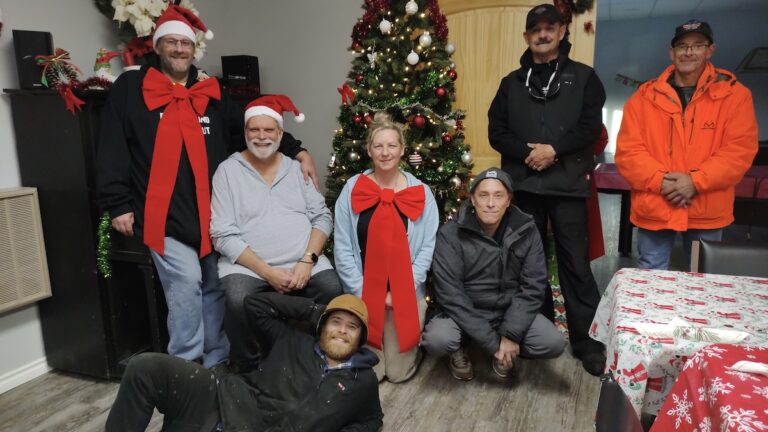
A simple guide to explain what happens during our weekly sessions!
Welcome to our storytelling club! We meet every Saturday to embark on a creative journey, following a clear, multi-step process designed to guide members from a spark of an idea to a fully published and accessible e-book. Each step is focused on building not just a story, but also practical skills in writing, design, and digital literacy.
Weekly Thematic Discussion
The first hour of each session is dedicated to discussing a different theme about storytelling and creativity. This thematic discussion serves as the foundation for our work, providing us with a deeper understanding of the craft and inspiring our creative output. We might explore narrative structures, character archetypes, or the cultural importance of storytelling in building healthy communities. This time allows us to share insights and learn from each other before we dive into the hands-on work of creating our stories.
Following our discussion, the second half of each Saturday session, usually another hour or two, is dedicated to hands-on project work. Whether you choose to work individually or as a team, this is the time to apply the creative and technical skills we’re learning, from brainstorming and outlining to drafting, editing, and designing.
1. Ideation
The process begins with a collaborative brainstorming session. As a group, we discuss and share ideas for stories that are “ideal, cool, and fun.” This stage is all about creativity and open dialogue, allowing us to find a direction that excites everyone. We encourage everyone to contribute, whether they have a fully-formed concept or just a single, interesting character or setting. We record all the ideas on a shared digital whiteboard, allowing us to see connections and build on each other’s thoughts until a central theme or concept emerges.
2. Synopsis Development
Once we have a solid idea, we work together to craft a synopsis. This is a brief summary of the story’s main plot, characters, and themes. It acts as a blueprint, providing a clear path forward for the writing and development phases. A good synopsis is more than just a summary; it’s a promise to the reader about the kind of journey they’re about to take. It should outline the core conflict, the main character’s goal, and the stakes of the story, ensuring everyone on the team is aligned on the narrative’s direction before we begin writing.
3. Three-Act Plot Outline
With the synopsis in place, we develop a detailed outline using the classic three-act plot structure. This framework helps us build a compelling narrative with a clear beginning, middle, and end. The three-act structure provides a predictable yet flexible foundation for storytelling. We break down each act into smaller, key plot points, such as the inciting incident, the midpoint reversal, and the final climax. This detailed outline helps prevent writer’s block and ensures the story maintains a consistent pace and emotional arc from start to finish.
4. Drafting and Editing
With our outline as a guide, we begin writing the first draft of our story. Once the draft is complete, we move into the editing phase, working together to refine the language, tighten the plot, and polish the final text. This process involves multiple rounds, from developmental edits that address big-picture issues like plot holes, to line edits that focus on grammar and word choice. We use collaborative online tools to provide feedback, allowing us to work together seamlessly and strengthen the story with every revision.
5. Creating a Discussion Guide
Simultaneously, we develop a discussion guide for each story. The guide includes questions and prompts designed to encourage reflection on the story’s themes. This tool is created for families, classes, and book clubs to use our publications as educational resources, highlighting the value of storytelling for building healthy communities and promoting literacy. These guides are thoughtfully crafted to spark meaningful conversations about topics like empathy, diversity, and resilience. By tying our stories to broader themes, we ensure they have lasting educational value beyond simple entertainment.
6. Cover Design
At the same time, we design the book cover. This is a creative and technical step where we use a variety of tools to create a compelling visual for our story. We use: photography, generative tools, and design applications like GIMP, Canva, and PosterMyWall. The goal is to create a cover that is visually appealing and accurately represents the story’s genre and tone. We focus on a design that grabs attention and conveys the book’s genre and mood at a glance. We experiment with typography, color palettes, and imagery to create a cover that not only looks professional but also stands out in a crowded digital marketplace, encouraging readers to click and learn more.
7. EPUB 3.3 Conversion
After the story is finalized and the cover is designed, we convert our work into the EPUB 3.3 format. This is the standard for modern e-books and is based on web technologies like HTML and CSS. The format is chosen for its accessibility features and flexibility. The EPUB 3.3 format is designed for optimal readability and includes features that benefit all readers, but are crucial for those with disabilities. The format supports descriptive alternative text for images, semantic markup that a screen reader can interpret, and a reflowable layout that allows readers to adjust the font size and style to their preference. This commitment to EPUB 3.3 ensures our stories are accessible and enjoyable for everyone.
8. Basic Promotional Work
Once the e-book is complete, we start the promotional process. This includes writing a blog post discussing the book, the author, and the story’s themes to generate interest. We also develop a list of search terms and keywords to optimize the book’s discoverability on online platforms. This promotional phase is vital for getting our stories into the hands of readers. We research relevant blogs and online communities to share our work, and we use our own platforms as well as social media to post engaging content, share behind-the-scenes looks at our process, and connect directly with our audience.
9. BISAC Subjects
We assign BISAC (Book Industry Standards and Communications) subjects to each story. This is a standardized system of codes used by the publishing industry to categorize books by topic. By assigning the correct BISAC codes, we ensure our book is properly classified, making it easier for readers and retailers to find it. Correct BISAC codes are a critical part of a book’s metadata. They help online retailers and libraries place the book in the correct genre and sub-genre, ensuring it appears in search results for people looking for a specific type of story. This detailed categorization improves the book’s visibility and helps it find its target audience.
10. ISBN Assignment
We assign a unique ISBN (International Standard Book Number) to each of our stories. The ISBN is a 13-digit code that uniquely identifies our publication, which is a requirement for distribution and sales. The ISBN is a globally recognized identifier. It’s essential for tracking sales, managing inventory, and ensuring a book is listed correctly in databases used by booksellers and libraries. Without an ISBN, it’s nearly impossible for a book to be sold through major distribution channels.
11. Digital Legal Deposit Submission
As part of Canada’s legal framework, we submit our digital publications to Library and Archives Canada (LAC). This digital legal deposit is a legal requirement to preserve the nation’s published heritage. We fill out the online forms and upload our EPUB files to LAC’s system, ensuring our work is permanently preserved as part of Canada’s national collection. This act ensures that our stories are not only published for today’s readers but also preserved for future generations of Canadians. It’s a way for our club to contribute to the country’s cultural and literary history, guaranteeing our stories will be part of the national library collection forever.
12. Publication
Finally, we publish our book and supporting materials using our content management systems, making the story available for everyone to read, discuss, and enjoy. Our content management system allows us to centralize all our digital assets, from the EPUB file to the discussion guides and promotional materials. We use the system to manage our publication schedule, track analytics, and ensure all our content is easily accessible and well-organized for both our club members and the public.





